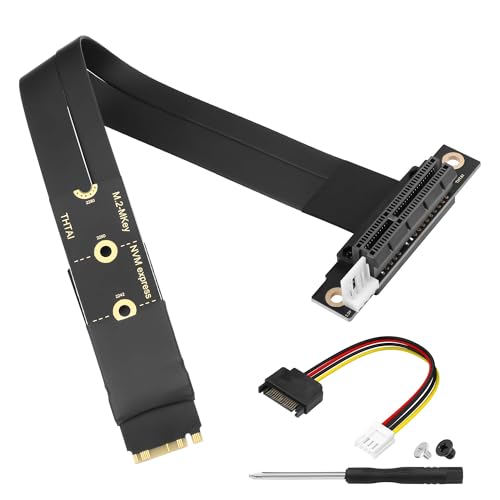Understanding the Basics of 4TB External SSDs: What You Need to Know
What is an External SSD?
An external SSD, or solid-state drive, is a storage device that can be connected to your computer or other devices via USB or a similar interface. Unlike traditional hard drives, which use spinning disks to read and write data, SSDs use flash memory, providing faster access speeds and durability. A 4TB external SSD means it has a storage capacity of four terabytes, which can hold thousands of photos, hours of video, and large software applications.
Understanding Capacity and Use Cases
Having a 4TB external SSD is particularly beneficial if you regularly handle large files, such as high-resolution videos, extensive photo libraries, or bulky applications. It offers substantial space for backup purposes and is ideal for gamers who may need extra storage for game files, DLCs, and updates. Understanding your specific needs is essential to leverage the capacity of a 4TB drive effectively.
Why Choose a 4TB External SSD: Advantages for Everyday Users
Speed and Efficiency
One of the most significant advantages of a 4TB external SSD is its speed. When you transfer files, an SSD can perform these tasks much faster than a traditional hard drive. If you frequently move large files between your computer and an external drive, the time savings can be substantial. Imagine waiting just seconds instead of minutes when transferring your latest photo shoot or video project.
Portability and Durability
External SSDs are compact and lightweight, making them easy to carry around. You can take your data with you wherever you go, which is beneficial for professionals who travel or students who move between study locations. Additionally, SSDs are more resistant to shock and damage than traditional drives, meaning your data is safer in everyday use.
How to Select the Best 4TB External SSD for Your Needs
Evaluate Your Use Cases
Before purchasing, it’s vital to consider how you intend to use the drive. If you need it for basic file storage and transfers, a reliable and cost-effective model will suffice. However, if you need high performance for tasks like video editing or gaming, look for a model with higher read and write speeds.
Compatibility with Your Devices
Check that the external SSD is compatible with your devices. Most SSDs connect via USB, so ensure your computer has the right ports or that you have any necessary adaptors. It’s also worth considering whether the SSD is compatible with both Windows and macOS if you plan to use it with multiple operating systems.
Key Features to Consider When Buying a 4TB External SSD
Speed Ratings
When browsing for a 4TB external SSD, pay attention to the speed ratings. Look for read/write speeds indicated in MB/s. Higher speeds lead to quicker file transfers and improved overall performance. If you plan to use the SSD for intensive tasks, prioritising higher speeds—such as those upwards of 500 MB/s—can enhance your experience.
Connection Type
The connection type plays a crucial role in data transfer speed. USB 3.2 or Thunderbolt 3 connections usually offer the fastest performance. Ensure the drive you’re considering supports these connection types, as they can significantly impact the speed at which you can manage your data.
Maximising Performance: Tips for Using Your 4TB External SSD Effectively
Regular Maintenance
To ensure your SSD runs efficiently, it’s wise to conduct regular maintenance. This includes keeping the drive clean from unnecessary files and periodically backing up your data in different locations. This way, you prevent any possible data loss and help the drive operate smoothly.
Utilise Software for Performance Monitoring
Consider using software tools designed for SSD management. These can help monitor the health of your SSD, giving you insights into storage space usage and alerting you to any potential issues before they become serious problems. Additionally, take advantage of features like TRIM, which helps maintain SSD performance over time.






























